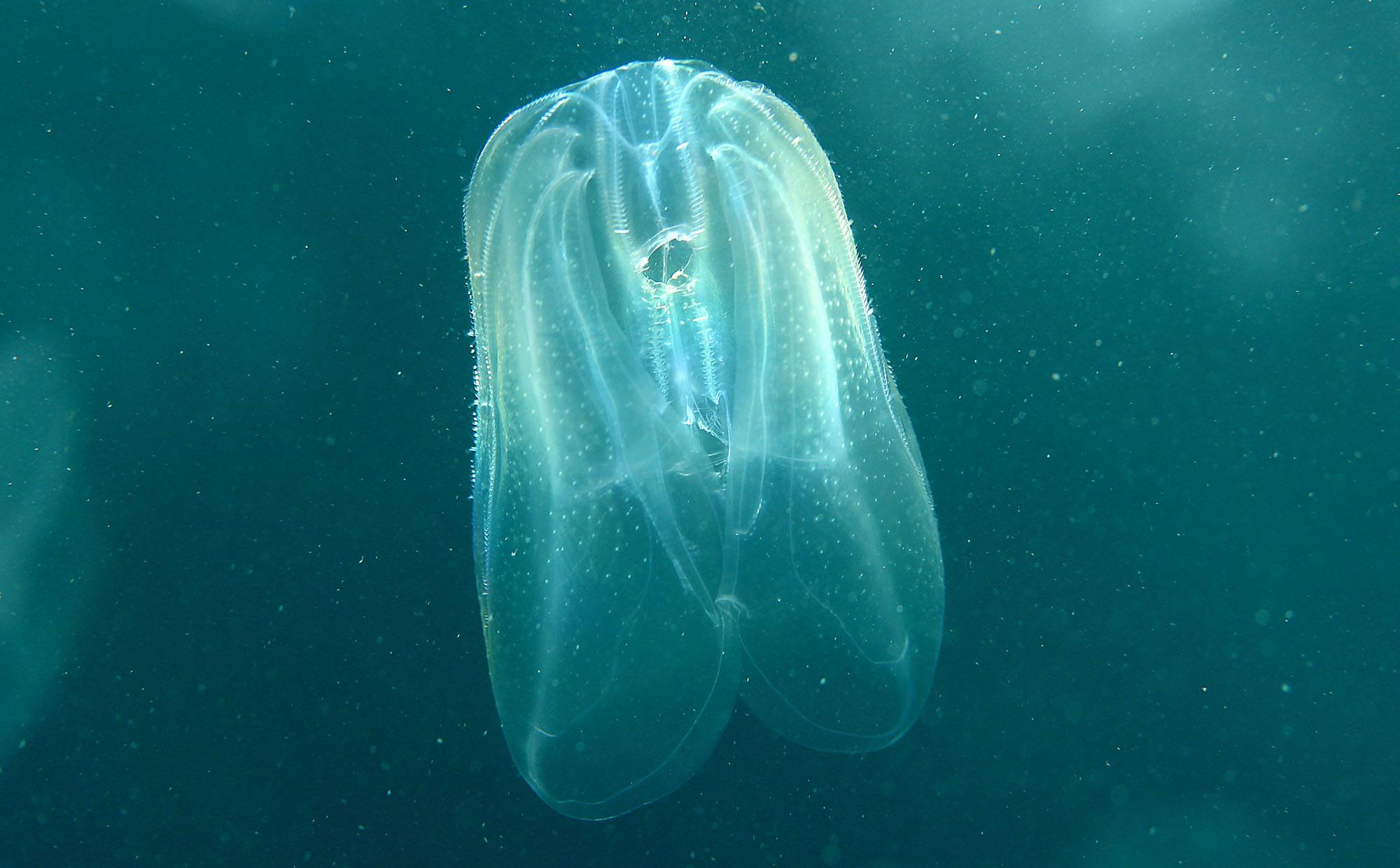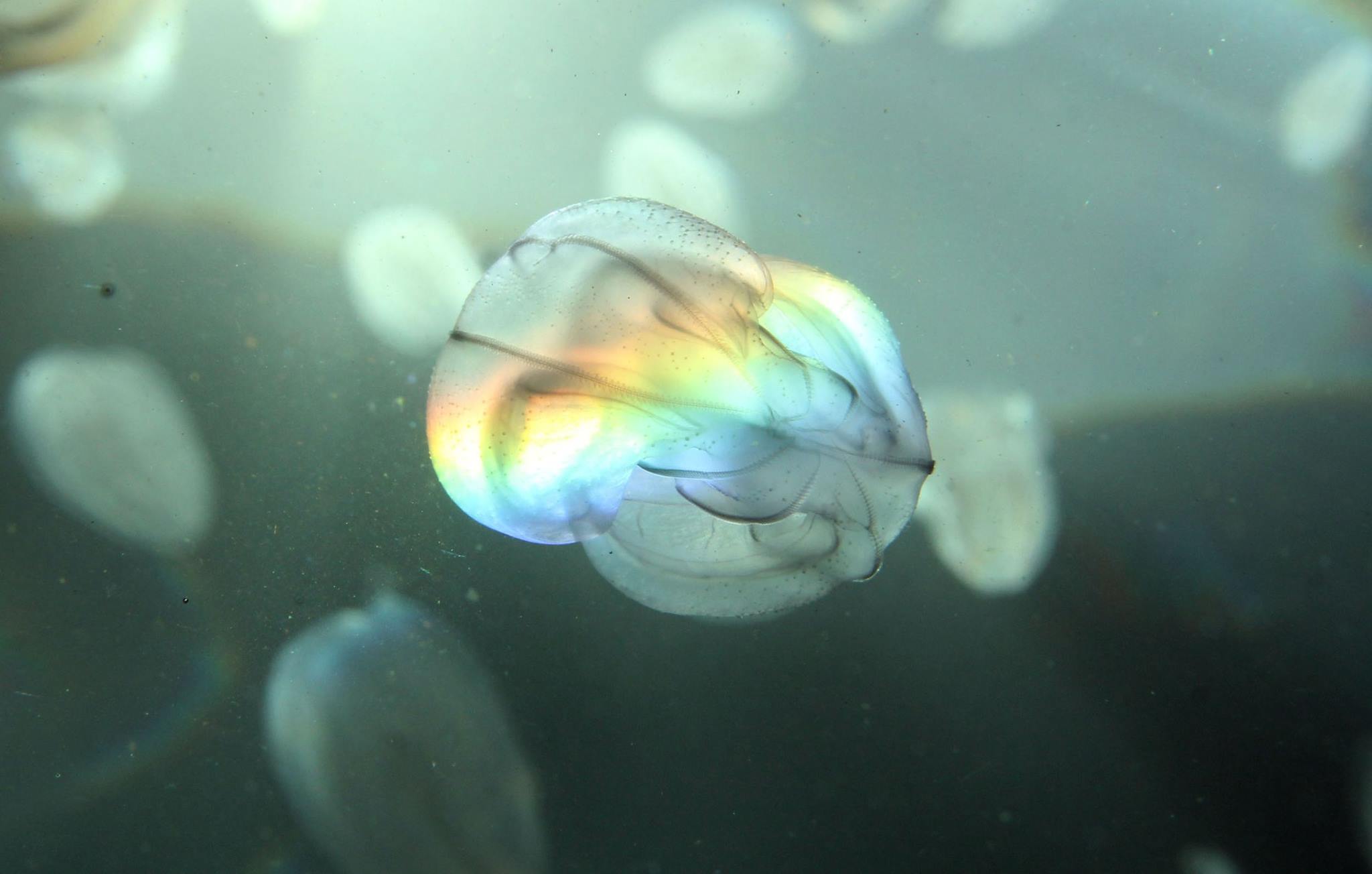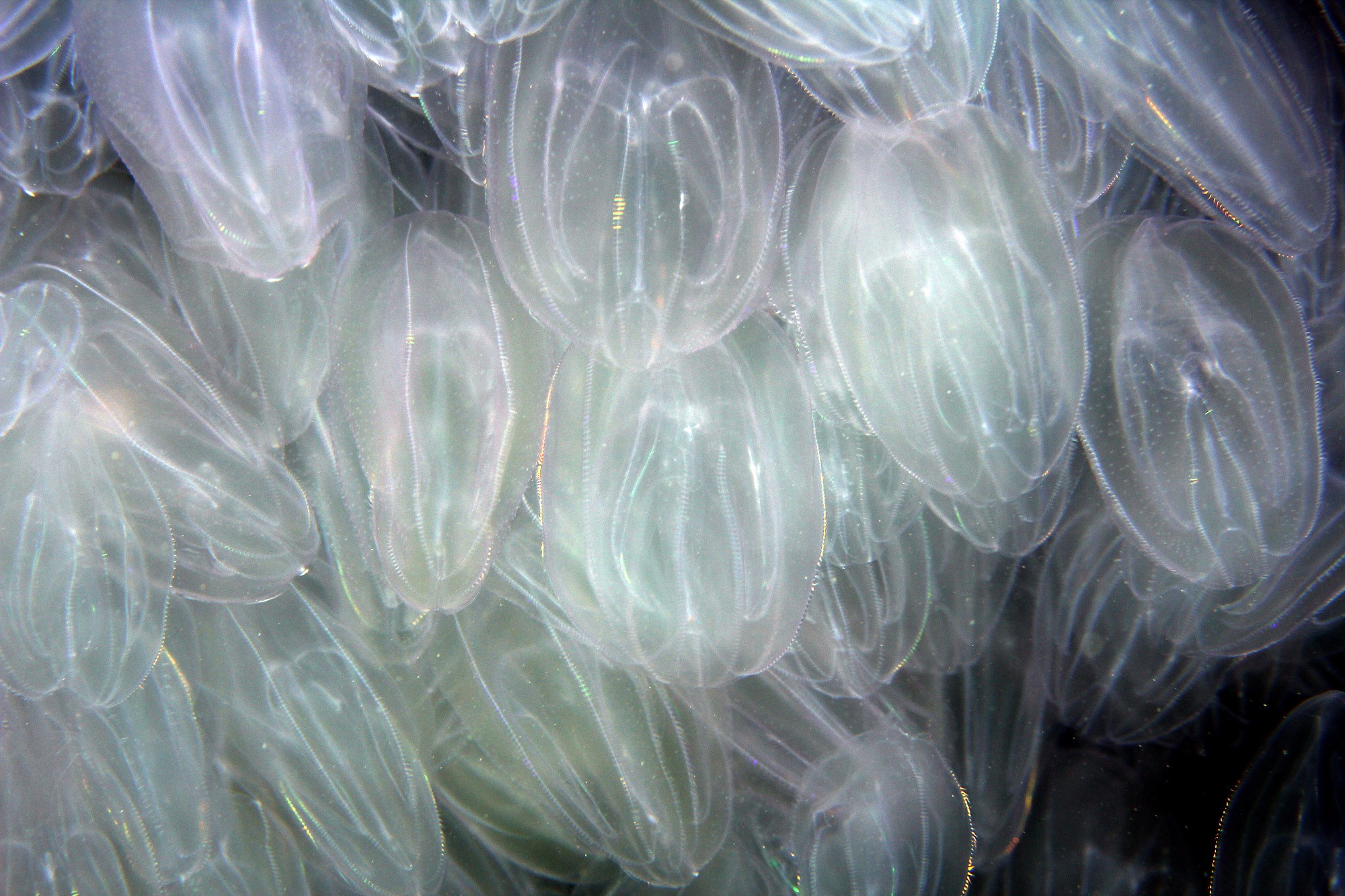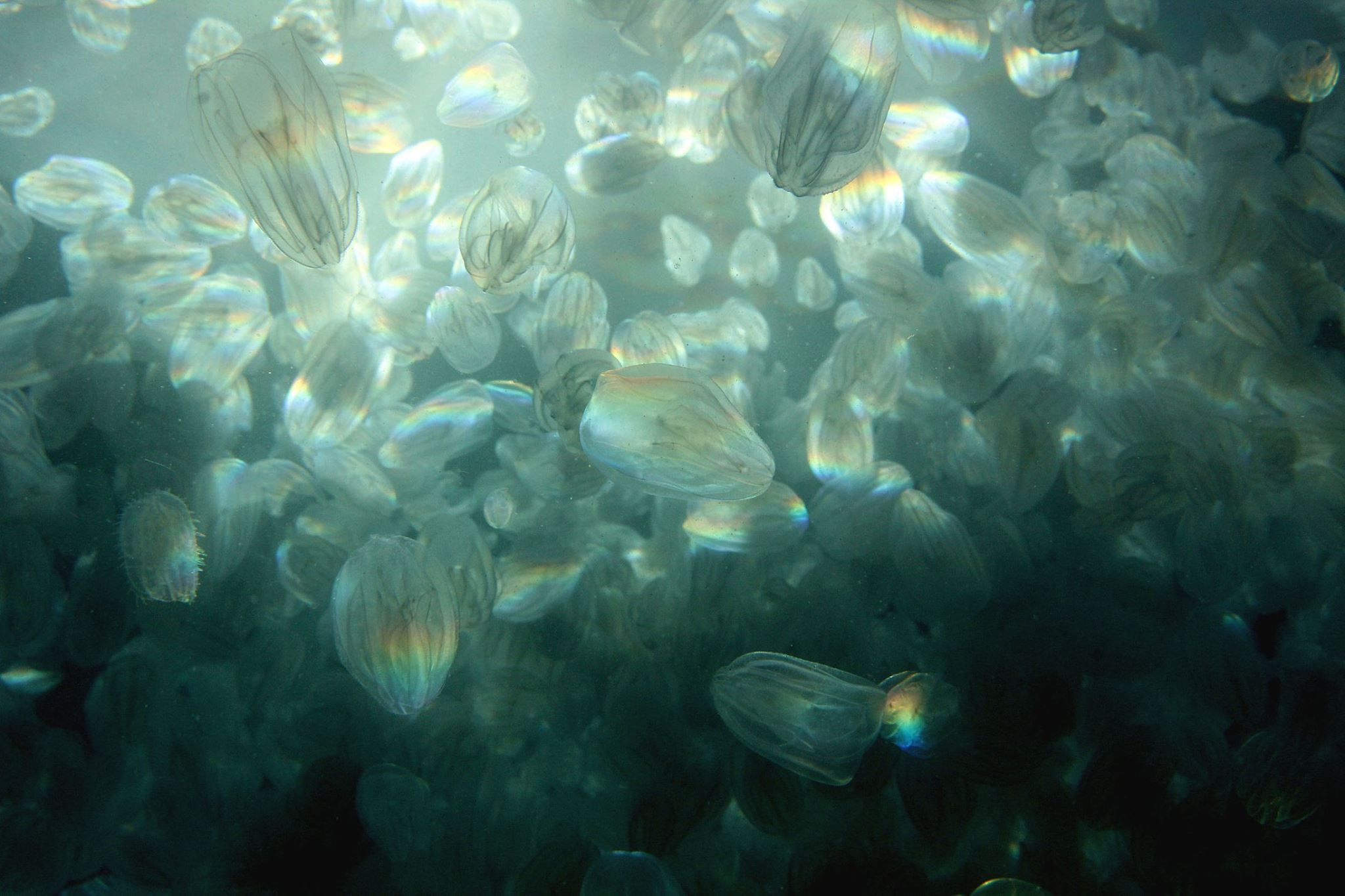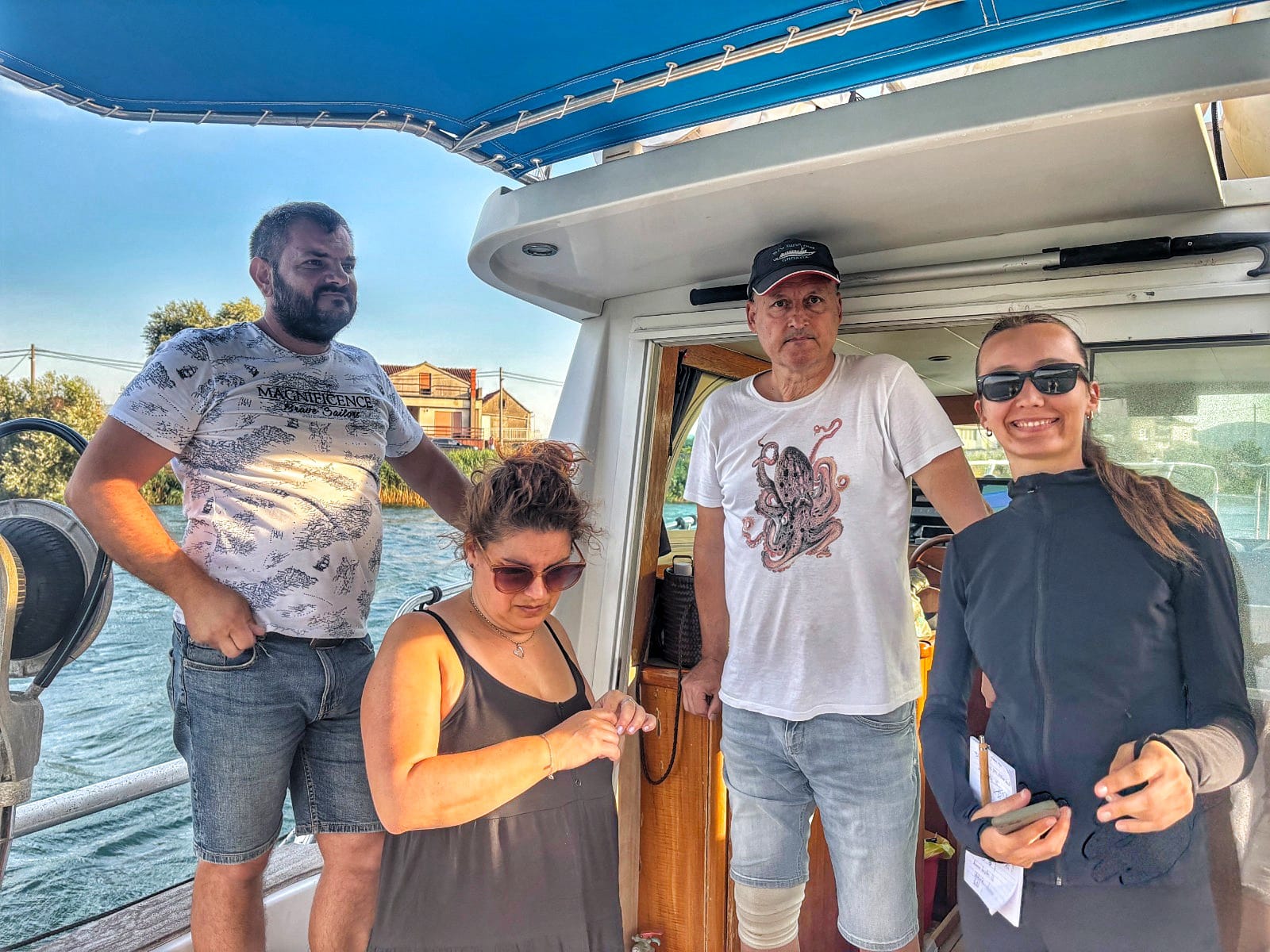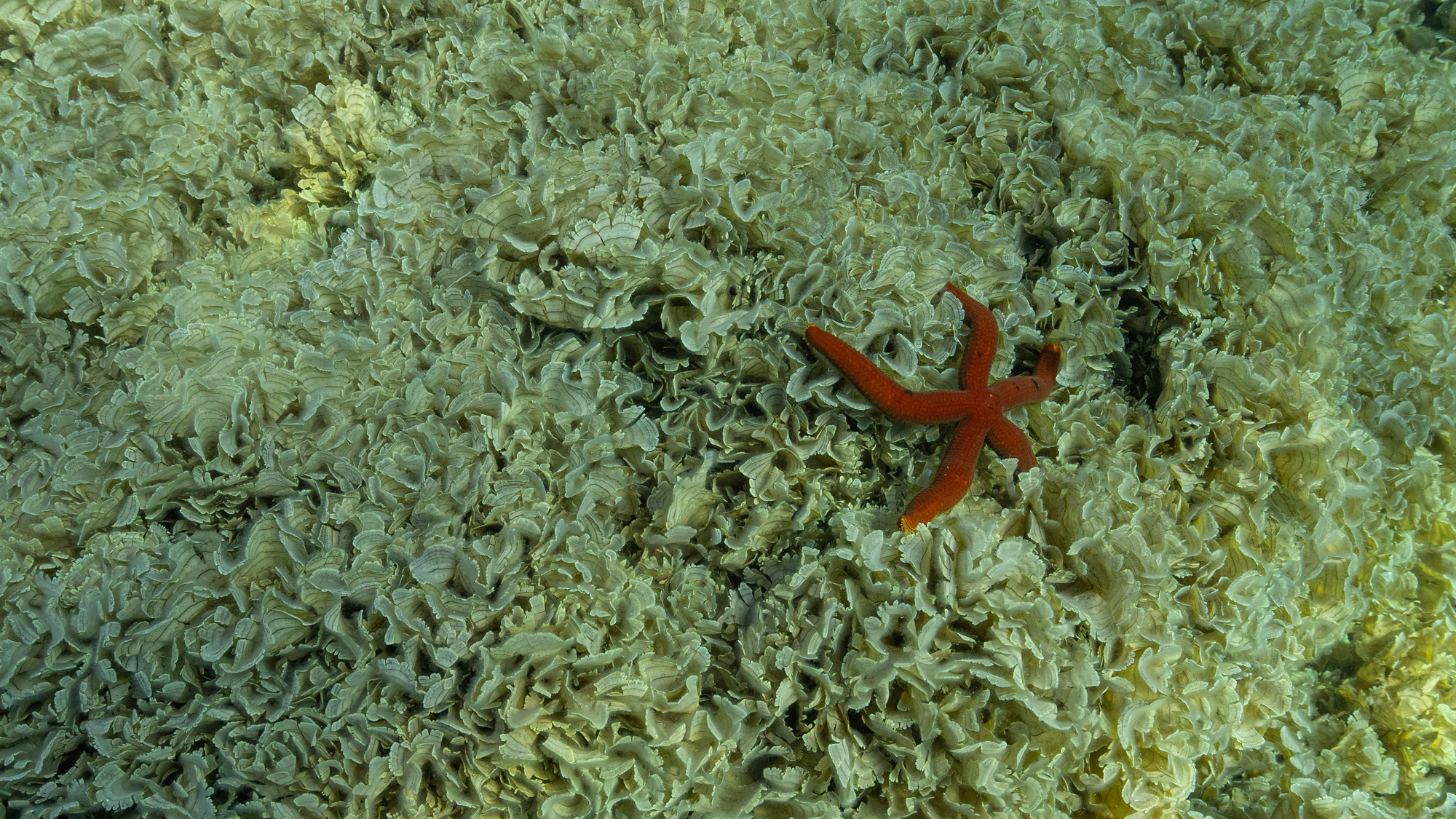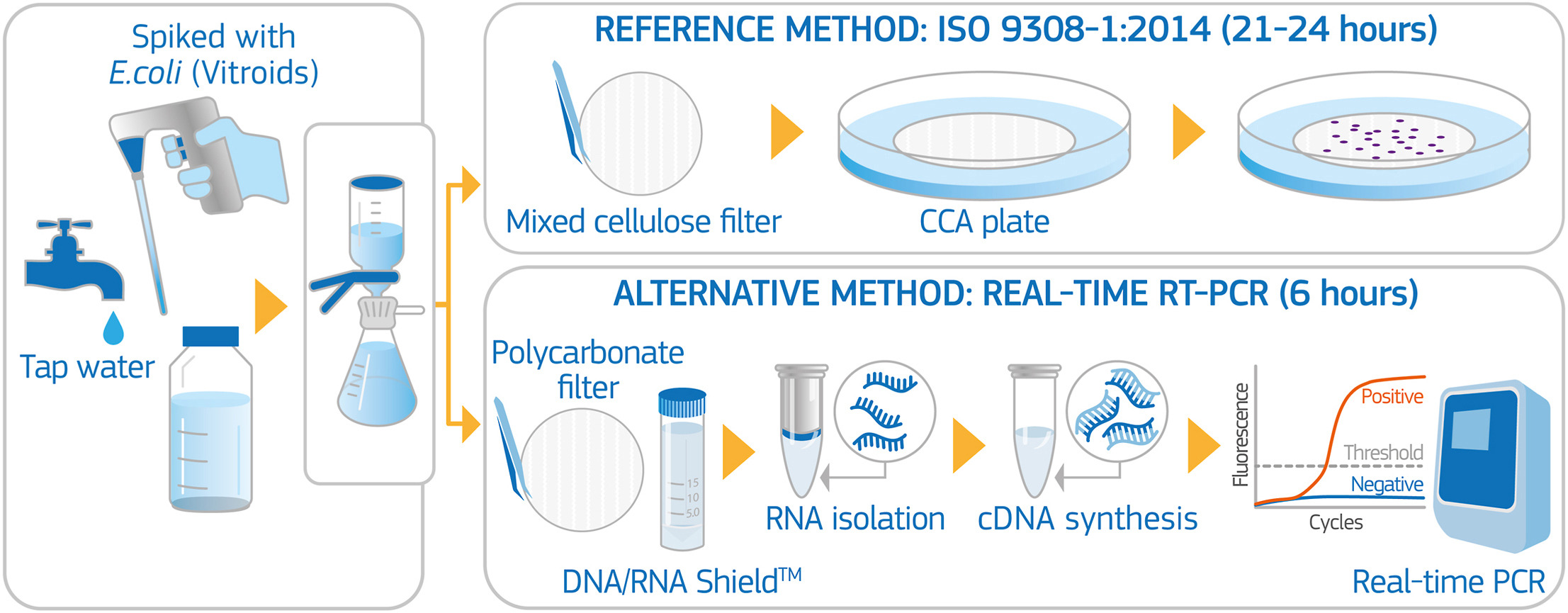For several years, dense groups of warty comb jellies have been observed on the west coast of Istria, having entered the Adriatic Sea with the ballast water of large ships. In addition to comb jellies, jellyfish are also a problem for professional fishermen, especially in the warmer season. The mass occurrence of such organisms can have a detrimental effect on the marine ecosystem and fishing as an industry. To intensify monitoring of such species, scientists have developed an application for entering and submitting data on observed gelatinous organisms.
Wart comb jelly (Mnemiopsis leidyi), also known as the “sea nut” in Croatian, is native to subtropical estuaries along the western Atlantic coast and is considered one of the world’s best-known introduced aquatic species with proven negative impacts on the marine ecosystem and fisheries as an industry.
When it entered the Black Sea in ballast water in the 1980s, it contributed to an unprecedented collapse of the anchovy population from which the fishing industry has not fully recovered to this day.
“Since 2016, this rib has been appearing en masse in the bays, lagoons and open waters of the northern Adriatic, and individual specimens have been found further south,” explains Olja Vidjak, Ph.D., of the Institute of Oceanography and Fisheries, which is implementing the project “Monitoring the dynamics and impact of the invasive species Mnemiopsis leidyi in the fishing areas of the northern Adriatic,” funded by the Ministry of Agriculture of the Republic of Croatia under Measure I.13. Operational Program for Maritime Affairs and Fisheries.
“Fishermen play an important role in this project, as they are the main actors in the affected sector. They know directly about the occurrence of gelatinous organisms in fishing areas and are the first to notice the possible consequences for the quantity and quality of fish,” added Dr. Vidjak.
The RebrashNET application makes it possible to easily send reports on the location and abundance of M. leidyi as well as other gelatinous species.
“Photos of the observed organisms with their exact location sent through the RebrashNET application allow us to make a faster and more realistic assessment of the extent of the affected fishing areas,” said Dr. Vidjak.
All the data obtained will be stored in the database of the Institute of Oceanography and Fisheries in Split, and the results of the analyzes will be available to the scientific community, the public and relevant institutions. We expect that the knowledge gained from this project, through the cooperation of scientists, fishermen and all citizens who want to report such experiences on the application, will facilitate the creation of a future national strategy to combat the consequences of such invasions.
The RebrashNET application can be accessed at the following link: https://vrtlac.izor.hr/rebrash
